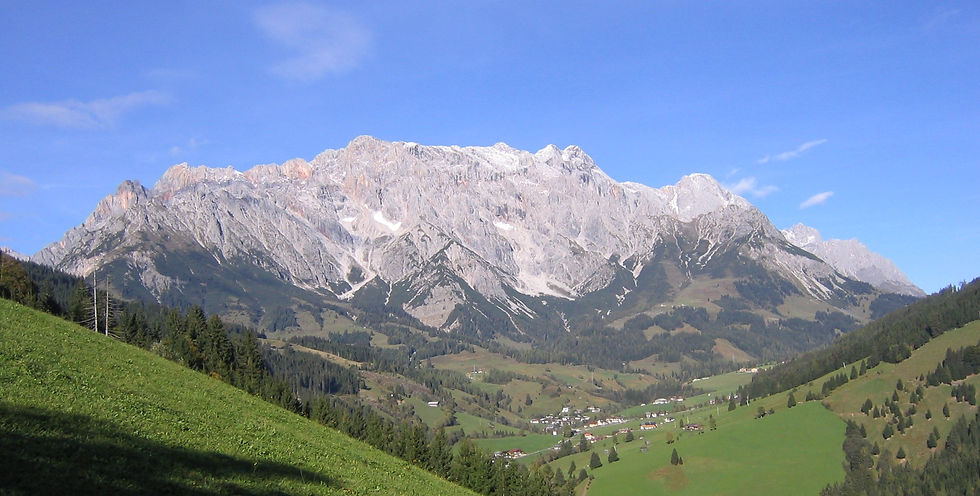Discover Belgium and Explore the Geodiversity of the Schelde Delta UNESCO Global Geopark
- Wayne Munday
- Aug 26
- 5 min read
Updated: Sep 10
Sip back and discover the Schelde Delta UNESCO Global Geopark designated in 2024 spanning both the Netherlands and Belgium covering an area of 5,500 km² and explore its tidal flats, polders, salt marshes and river channels shaped by the River Scheldt. This cross-border estuarine landscape of reclaimed farmlands and mudflats lay upon rich fossil deposits from the Eocene, Miocene and Ice Age including teeth from the extinct giant Carcharocles megalodon as well as marine mammal remains that reveal ancient seas and climate change. The delta's constant sedimentation, erosion and tidal action help our understanding of the modern challenges of climate change and sea-level rise upon low lying coastlines. Ecologically the Schelde Delta UNESCO Global Geopark is one of Europe’s most biodiverse wetlands supporting migratory birds, seals, porpoises and unique salt-tolerant plants known as halophytes. Accessible from Antwerp, Brussels and Rotterdam the Schelde Delta Geopark invites eco-tourists, fossil hunters and nature lovers to explore trails, cultural landmarks and wildlife reserves where land, water and deep time converge.
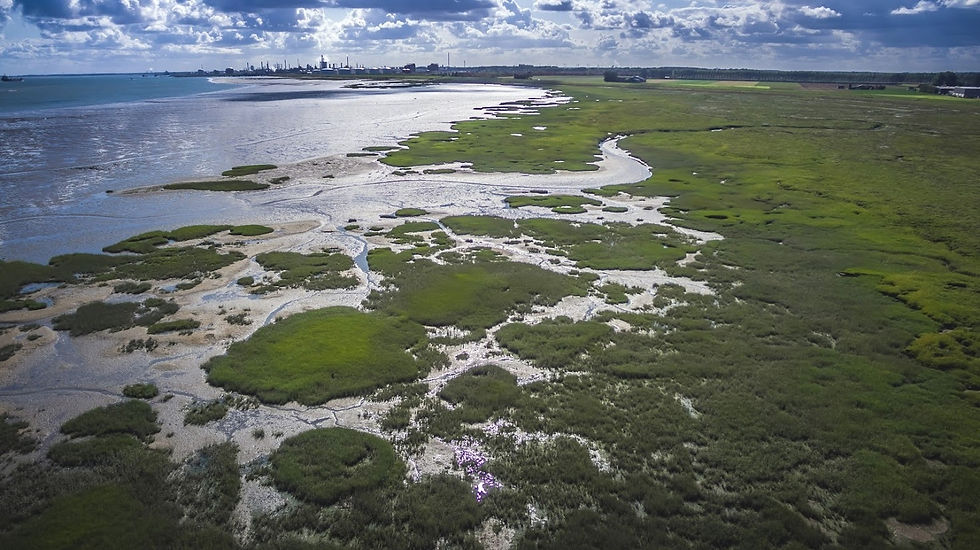
Designated in 2024, the Schelde Delta UNESCO Global Geopark spans Zeeland and Noord-Brabant in the Netherlands, and West Flanders, East Flanders, and Antwerp in Belgium. Covering 5,500 km² and is home to 1.5 million people. This remarkable estuarine region is where geology, ecology, and human history converge. Positioned between the sinking North Sea Basin and the rising Brabant Massif, the delta tells a story of shifting seas, ancient rivers and resilient communities that have learned to live with water and flooding.
At its heart flows the River Scheldt often described as the “blue thread” of the geopark. It winds through tidal flats, polders and estuaries where saltwater and freshwater meet creating one of Europe’s most dynamic environments.
The Schelde Delta Geopark embraces the estuary of the Scheldt which flows from northern France through Belgium before reaching the North Sea. This is a landscape of shifting tidal flats, winding channels, dunes and salt marshes. Towns such as Middelburg, Vlissingen, Terneuzen, Antwer, and Ghent fall within the broader delta system. Easily accessible from Antwerp, Brussels and Rotterdam the geopark feels worlds away from city life inviting eco-tourists to slow down and immerse themselves in the rhythms of water and land.
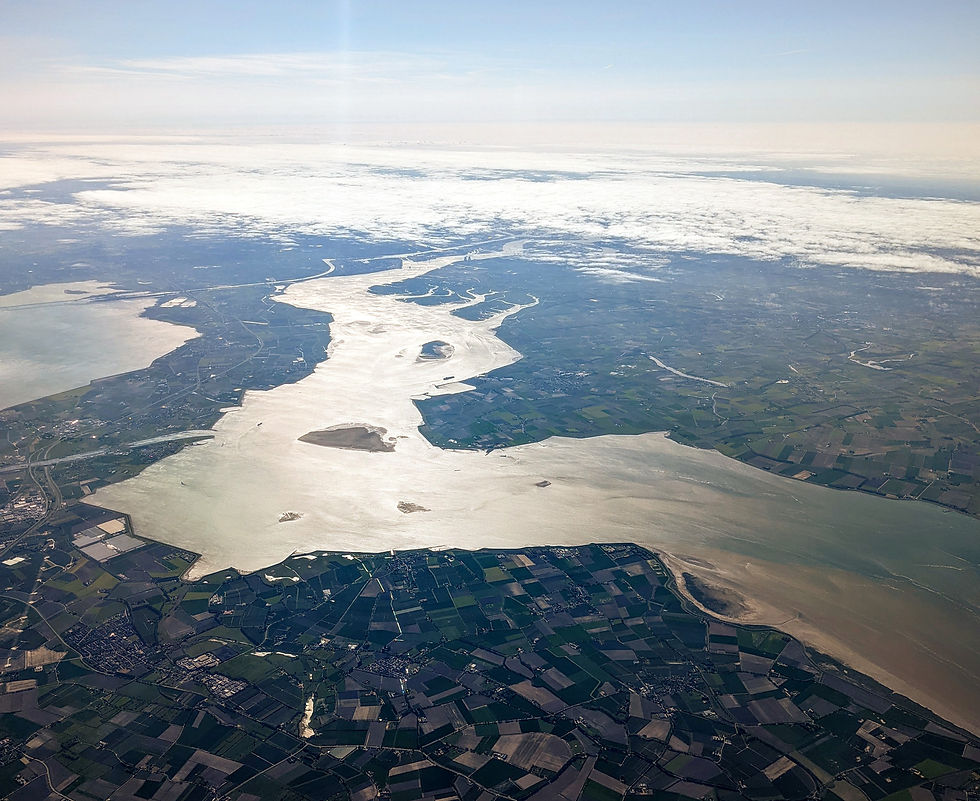
While the Schelde Delta Geopark may not have the dramatic scenery of mountains or volcanoes the Schelde Delta is surprisingly geologically profound. Beneath its polders and mudflats lies a story that tells of Quaternary Ice Age advances and retreats. This was a time when fluctuating sea levels sculpted dunes, estuaries, and peatlands. Even older layers date to the Paleogene and Neogene when subtropical seas teemed with marine life after the extinction of the dinosaurs. These deposits connect the Schelde Delta to the wider North Sea Basin.

The Schelde Delta UNESCO Global Geopark is not only a living estuarine landscape but also a fossil-rich archive of Earth’s past. Its sediments preserve a deep geological story that spans more than 50 million years from the warm seas of the Eocene to the shifting rivers and dunes of the Late Glacial period.
Among the most iconic finds of the Schelde Delta are fossil shark teeth including those of the rare and extinct giant Carcharocles megalodon which hunted the Miocene seas millions of years ago. These impressive remains often emerge from gravel pits and dredged sediments alongside smaller but equally fascinating teeth from sand tiger sharks and rays. Miocene clays also preserve the delicate shells of gastropods, bivalves and cephalopods, offering a glimpse into the region’s once-thriving marine ecosystems.

Occasional discoveries of whale and dolphin bones highlight the delta’s Neogene heritage when warm shallow seas supported large marine mammals. Meanwhile, layers of peat hold plant fossils and pollen grains that record climate oscillations and shifting ecosystems across ice-age cycles. Together, these fossils create a vivid picture of changing coastlines, rising and falling seas, and the resilience of life in a dynamic environment.
The delta’s geological framework is defined by its position between the subsiding North Sea Basin and the uplifted Brabant Massif. This tectonic setting has produced a mosaic of sedimentary environments over tens of millions of years. The geopark contains deposits from the Eocene in the south, Oligocene strata at the Temse high and the Waasland cuesta front,and younger Pliocene beach deposits at Nieuw-Namen. These layers preserve evidence of ancient marine conditions, beach environments, and transitional coastal systems.
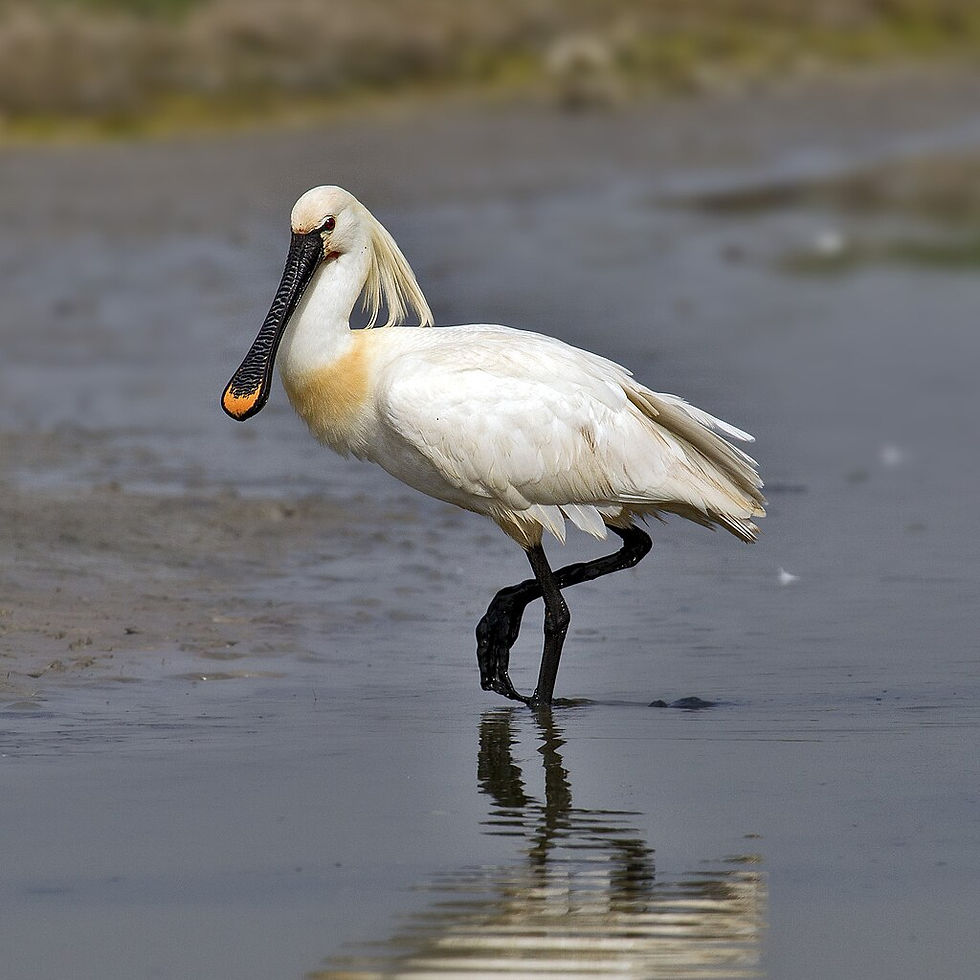
Later, during the Pleistocene and Holocene the landscape was reshaped by the Schelde River and by powerful aeolian or wind processes during the Late Glacial. Large-scale meanders, river dunes and fluctuating sea levels left their imprint across the delta. These deposits are not especially rich in large vertebrate fossils, unlike some other geoparks, but they record the processes of subsidence, uplift and climate change that shaped the region. Just as ancient ecosystems adapted to dramatic environmental change, today’s wetlands and salt marshes face ongoing pressures from climate change and human activity.
The Schelde Delta UNESCO Global Geopark is part of the East Atlantic Flyway a critical migratory route for millions of migratory waterbirds and shorebirds linking Arctic breeding grounds to wintering sites in Europe and Africa. It depends on a network of coastal wetlands, estuaries, and lagoons that provide essential feeding, resting, and breeding habitats. Spanning three continents, the flyway connects diverse ecosystems from Arctic tundra to African savannas and requires international cooperation among 75 countries for habitat protection.
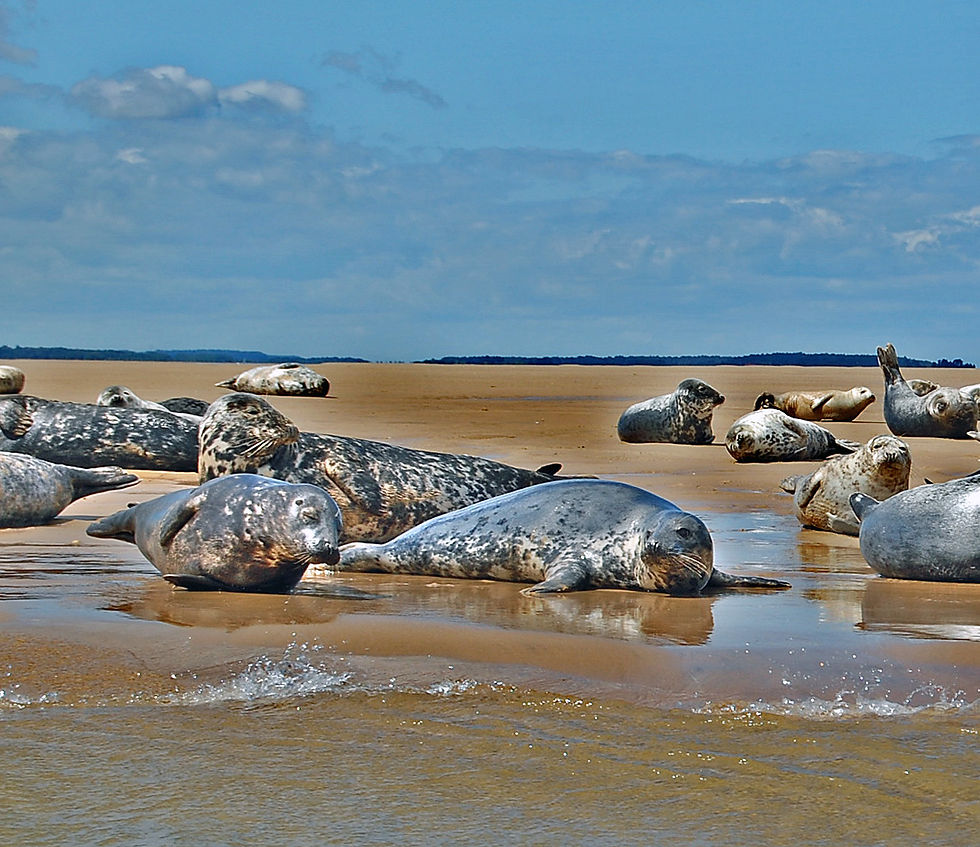
Each season the skies of the The Schelde Delta UNESCO Global Geopark transform: in spring and autumn, flocks of geese and waders pause on their long journeys; in summer, spoonbills and terns forage in the shallows; and in winter, thousands of geese gather across the floodplains.
Marine life flourishes in Oosterschelde National Park where Grey Seals bask at low tide on sandbanks at Roggenplaat to the west of the Eastern Scheldt and the Galgenplaat to the east of the Zeeland bridge and porpoises surface in tidal channels. Along the shoreline, tidal pools reveal intricate ecosystems of starfish, crabs and oysters. On land, salt-tolerant plants such as Samphire and Sea Lavender carpet the mudflats while coastal dunes shelter rare Orchids adapted to the sandy soils. This extraordinary biodiversity is rooted in the region’s geological and hydrological complexity from fertile clay and peat meadows to revitalised inland waterways.
The Schelde Delta UNESCO Global Geopark is a living testament to the intersection of geology, ecology and human history, offering eco-tourists, fossil enthusiasts and nature lovers an unparalleled experience. Spanning 5,500 km² across the Netherlands and Belgium the delta showcases dynamic tidal flats, salt marshes, polders, and river channels shaped by the River Scheldt. Fossil-rich sediments preserve ancient seas from the Eocene, Miocene, and Ice Age, including rare Carcharocles megalodon teeth and marine mammal remains, providing insights into past climate change. Today, the geopark supports one of Europe’s most biodiverse wetland ecosystems, home to migratory birds, seals, porpoises, and salt-tolerant plants. Accessible from Antwerp, Brussels, and Rotterdam, it offers trails, cycling routes, wildlife reserves, and guided tours that reveal the delicate balance between land, water, and human adaptation. As a key site along the East Atlantic Flyway, the Schelde Delta highlights global conservation significance, demonstrating the ongoing dialogue between climate, biodiversity, and sustainable human stewardship.







